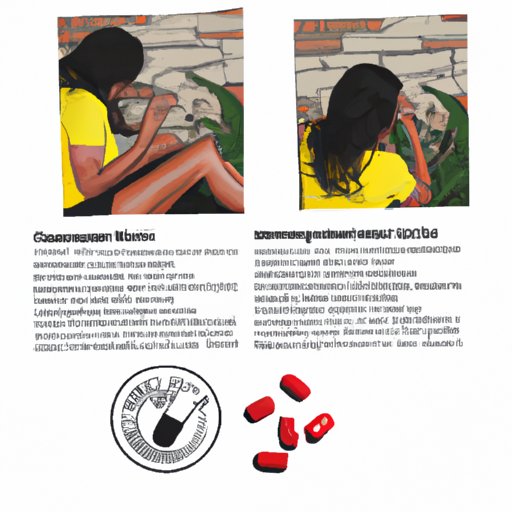Introduction
Hormone pellet insertion is a type of hormone replacement therapy (HRT) that involves the implantation of a small pellet containing hormones such as testosterone or estrogen beneath the skin. This procedure has become increasingly popular in recent years due to its long-term effectiveness and convenience. However, it’s important to understand how soon you can safely begin exercising after the procedure.
Exercising after hormone pellet insertion offers many benefits, including improved mood, increased energy levels, better sleep quality, and improved overall health. However, it’s important to understand how soon you can safely begin exercising and what precautions you need to take to ensure your safety.
How Soon Can You Exercise After Hormone Pellet Insertion?
In general, it is recommended that you wait at least two weeks before engaging in any strenuous physical activity after hormone pellet insertion. During this time, you should focus on rest and relaxation to give your body time to heal. While it may be tempting to start exercising right away, it’s important to allow your body time to recover from the procedure.
If you experience any pain, swelling, or redness near the site of the insertion, you should consult a doctor before beginning any exercise regimen. It’s also important to make sure your hormone levels have been monitored and are stable before starting any exercise program.

Tips for Safely Exercising After Hormone Pellet Insertion
Once your body has fully recovered from the procedure, you can begin exercising again. When starting an exercise program after hormone pellet insertion, it’s important to do so gradually. Here are some tips for safely exercising after hormone pellet insertion:
- Warm up and cool down. Before and after each workout, it’s important to warm up and cool down your muscles. This will help prevent injury and ensure that your muscles are properly warmed up for the workout.
- Start with low-intensity exercises. When starting an exercise program after hormone pellet insertion, it’s important to start slowly. Low-intensity exercises such as walking, yoga, and swimming are great ways to get your body used to exercising again.
- Gradually increase intensity. Once your body has adjusted to low-intensity exercises, you can slowly start to increase the intensity of your workouts. This will help you build strength and endurance without putting too much strain on your body.
- Rest days. It’s important to take one or two rest days each week to allow your body time to recover from the workouts. Rest days are essential for preventing injury and ensuring that your body is able to properly recover.

Common Questions About Exercising After Hormone Pellet Insertion
Many people have questions about exercising after hormone pellet insertion, such as:
- Is it safe to swim after hormone pellet insertion? Yes, it is generally safe to swim after hormone pellet insertion. However, it’s important to make sure that the water is clean and free of bacteria or other contaminants.
- Should I exercise with weights after hormone pellet insertion? It is generally safe to start using light weights after hormone pellet insertion. However, it’s important to start slowly and gradually increase the weight as your body adjusts.
- What types of exercises are best after hormone pellet insertion? Low-impact exercises such as walking, swimming, yoga, and cycling are all good options for exercising after hormone pellet insertion.
Understanding the Side Effects of Exercising Too Soon After Hormone Pellet Insertion
If you start exercising too soon after hormone pellet insertion, you may experience pain, bleeding, or infection. It’s important to listen to your body and stop exercising if you experience any of these symptoms. If these symptoms persist, it’s important to contact a doctor immediately.

Benefits of Delaying Exercise After Hormone Pellet Insertion
By allowing your body time to heal after hormone pellet insertion, you can reduce the risk of pain, bleeding, and infection. Additionally, taking the time to rest and relax after the procedure can improve your overall health by giving your body time to adjust to the new hormones.
What to Expect in Your Recovery After Hormone Pellet Insertion and Exercise
As your body recovers from hormone pellet insertion and you begin to exercise, you can expect to see an increase in energy levels, improved mood, and better sleep quality. These changes are often noticeable within a few weeks of starting an exercise program.
Conclusion
Hormone pellet insertion is a popular form of hormone replacement therapy that can offer many benefits. However, it’s important to understand when it’s safe to start exercising after the procedure. By following the general guidelines and taking the time to rest and relax after the procedure, you can ensure a successful recovery and enjoy the benefits of exercising after hormone pellet insertion.


